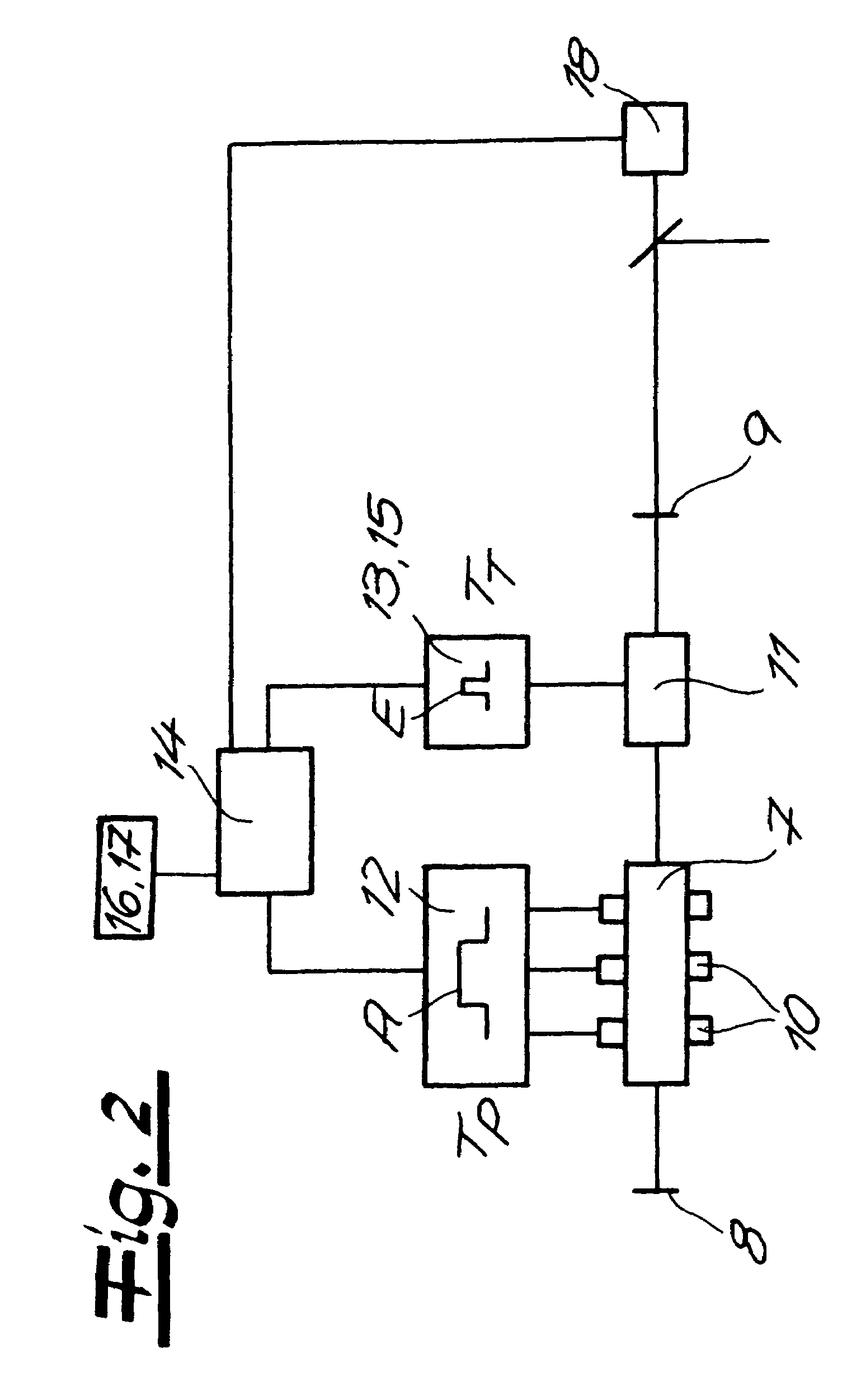Method and device for producing subsurface markings in a transparent material body
a technology of transparent materials and subsurface markings, which is applied in the direction of duplicating/marking methods, lasers, decorative arts, etc., can solve the problems of high production cost, high production cost, and poor quality of subsurface markings, and achieves fast operation, simple design, and reduced production cost.
- Summary
- Abstract
- Description
- Claims
- Application Information
AI Technical Summary
Benefits of technology
Problems solved by technology
Method used
Image
Examples
Embodiment Construction
[0033]Referring now in detail to the drawings, there is shown a device for producing or inscribing subsurface markings in a transparent material body 1. This is achieved by focusing a pulsed laser beam 2 in the interior of material body 1 with the aid of an optical unit 3, 20 in such a way that pulsed laser beam 2 exceeds the destruction threshold of material body 1 at least in the respective focal point and a permanent marking 4 is produced. Localized fusion of the material with crack formation, which usually is macroscopically visible from outside in the form of “bubbles,” takes place due to the interaction between pulsed laser beam 2 and the material of material body 1 in the region of the respective focal point or, in general terms, in the region of a corresponding beam waist.
[0034]The respective marking 4 produced in material body 1 consists of a spherical inhomogeneity or bubble. In this case, radius r of a corresponding bubble or marking 4 (see FIG. 3) depends on the pulse en...
PUM
| Property | Measurement | Unit |
|---|---|---|
| diameter | aaaaa | aaaaa |
| diameter | aaaaa | aaaaa |
| wavelength | aaaaa | aaaaa |
Abstract
Description
Claims
Application Information
 Login to View More
Login to View More - R&D
- Intellectual Property
- Life Sciences
- Materials
- Tech Scout
- Unparalleled Data Quality
- Higher Quality Content
- 60% Fewer Hallucinations
Browse by: Latest US Patents, China's latest patents, Technical Efficacy Thesaurus, Application Domain, Technology Topic, Popular Technical Reports.
© 2025 PatSnap. All rights reserved.Legal|Privacy policy|Modern Slavery Act Transparency Statement|Sitemap|About US| Contact US: help@patsnap.com



